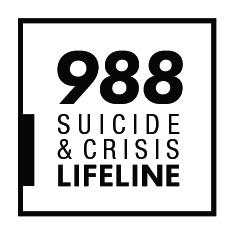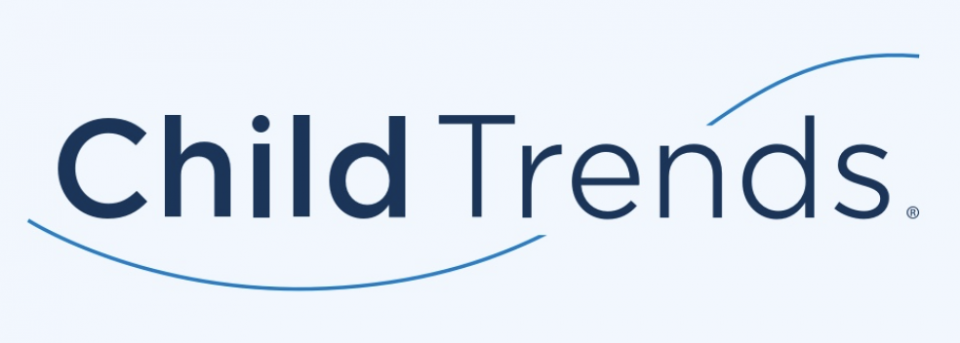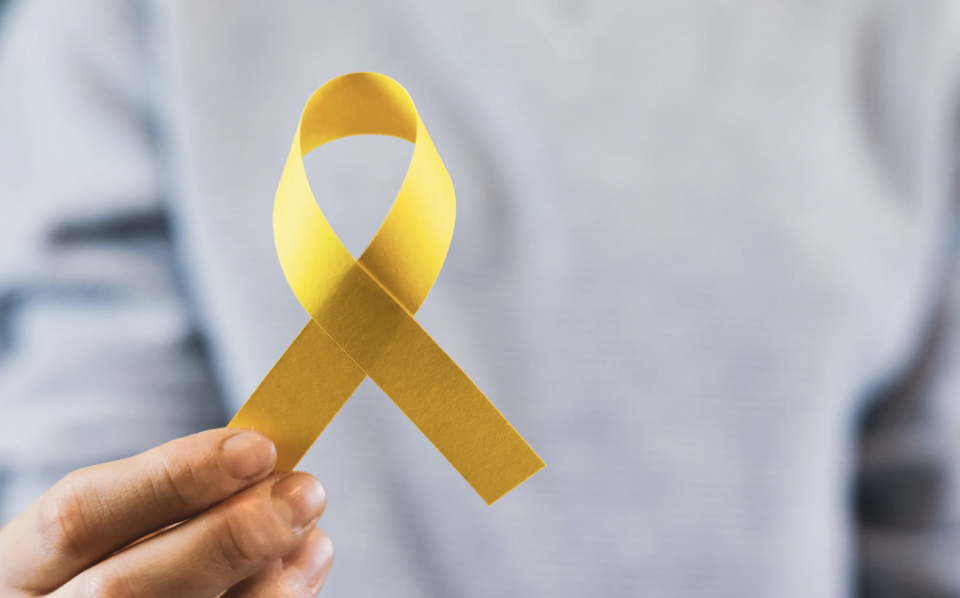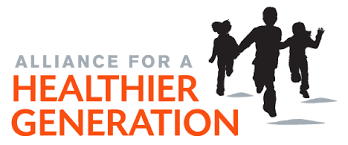Health & Wellness Newsletter – BIPOC Mental Health Month
July 25, 2023
July is BIPOC Mental Health Month. BIPOC Mental Health Month became formally recognized in 2008 to bring awareness to the unique struggles that underrepresented groups face in regard to mental illness in the US. As we embrace this observance, we recognize the critical role Expanded Learning programs play in supporting the mental well-being of our diverse youth.
For many BIPOC youth, Expanded Learning and Out-of-School-Time (OST) Programs serve as safe spaces that offer more than just academic enrichment. These programs are instrumental in fostering a sense of belonging, providing access to culturally responsive resources, and promoting mental health awareness and self-care.
Explore these resources on how you can celebrate BIPOC Mental Health Month and prioritize mental well-being in your programs:
- History of BIPOC Mental Health Month via Mental Health America
- 6 Simple, Low-Cost Ways to Promote Student Self-Care via Edutopia
- 51 Mindfulness Exercises for Kids in the Classroom via Waterford
Thank you for all of the amazing work you continue to do to nurture California’s youth.
In This Newsletter:
Conversation Starters on Building More Equitable Early Childhood Systems
Child Trends and Start Early have collaborated to gain insight into the needs of early childhood systems builders in order to create and support more equitable systems. They have created a series of briefs, known as Conversation Starters, that introduce a framework that prioritizes families’ experiences and provides guidance for implementing it effectively.
2023 CACFP Virtual Summit – Scholarships Available!
Tuesday, August 15 - Thursday, August 17, 2023
Looking for food program training? Join the National CACFP Sponsors Association’s 2023 Virtual Summit! Explore workshops on nutrition, program administration, operations, management, and more.
988 Hotline: Spanish Text and Chat Service
The U.S. Department of Health and Human Services (HHS) and its 988 Lifeline partners introduced Spanish text and chat services, along with specialized support for LGBTQI+ youth and young adults, one year after launching the 988 Suicide & Crisis Lifeline.
This initiative, which is part of the Biden-Harris Administration’s comprehensive mental health strategy, has received almost $1 billion in funding and has successfully handled nearly 5 million contacts in its first year, providing vital assistance to millions of people in crisis.
Risks of Misgendering Transgender Youth
Support from family, peers, and communities is crucial for the well-being of transgender and gender-nonconforming youth. Affirming their gender identity and using chosen names can reduce suicide and self-harm risks. Multiple studies have shown that using a transgender youth’s chosen name in various settings reduces suicidal behavior by more than 50%, and socially transitioned transgender youth have depression levels similar to the general population. While research on transgender youth is limited, existing evidence highlights the significance of accepting their identities for positive outcomes, while misnaming and denying their identity can have harmful consequences.
Designing a Suicide Prevention Program
During Covid-19 school shutdowns, suicide completion rates decreased, but they resurged as schools reopened. Suicide rates were higher during school days and months compared to weekends and breaks. To support struggling students and build successful suicide prevention programs, educators should follow the Suicide Prevention Resource Center’s guidelines, which involve creating a comprehensive team with relevant stakeholders, understanding the issue through data analysis, setting specific goals, selecting or developing interventions, and implementing, evaluating, and adjusting the program for effectiveness.
Xylazine: Understanding the Latest Emerging Substance
Tuesday, July 25, 2023; 11:00 AM PST
Join Central East Addition Technology Transfer Center Network’s upcoming webinar on the history of Xylazine, a veterinary sedative, that has seen a rapid increase in human consumption and has been found in 48 states. It is often combined with opioids, like fentanyl, to enhance their effects. Learn about harm reduction strategies.
Resources for Tobacco-Free and Vaping-Free Schools
Alliance for a Healthier Generation, in collaboration with the CVS Health Foundation and Campaign for Tobacco-Free Kids, has compiled resources to support tobacco-free and vaping-free environments, and prioritize the use of restorative practices to curb tobacco use.
Extreme Heat Resources
Heat is deadlier than any other weather hazard. Be prepared for extreme heat events and find resources to help you stay safe.
What is extreme heat? An extreme heat event is two or more days and nights of unusually high heat for your region. California is experiencing more frequent episodes of extreme heat, creating a greater danger to Californians from heat-related illness.
Check Out CAN’s Other Newsletters!
Access the CAN newsletter archives to view past newsletters today! You may be interested in some of our other newsletters as well:

















